The first-ever mission to study what's under the Martian surface begins May 5
Marsquakes, volcanoes and more – oh my!
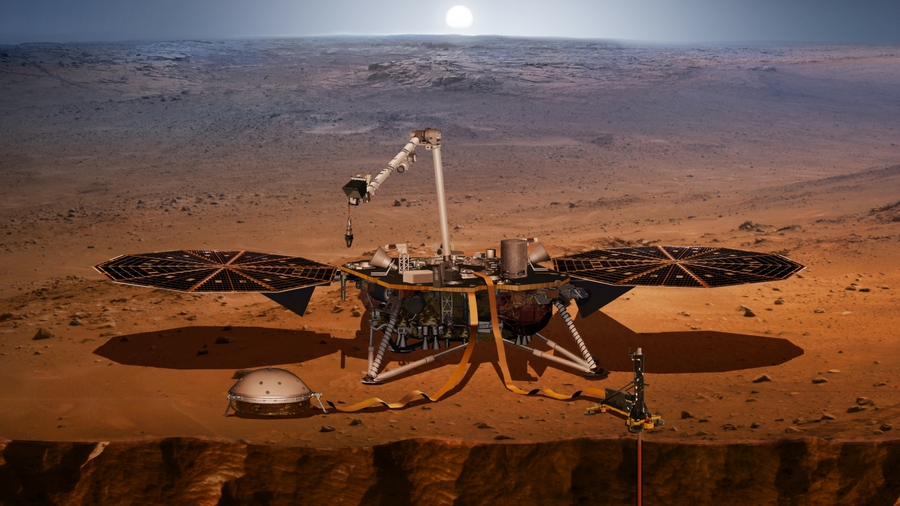
Image credit: NASA/JPL-CALTECH
It's red, and it's dead, so why is NASA sending yet another mission to Mars?
Almost 70 orbiters, flybys, landers and rovers have been sent to the Red Planet, so some might be confused as to why NASA is sending yet another mission – called InSight – to boldly go where plenty have been before.
The answer, of course, is science. Awesome, cutting-edge planetary science that, until now, just hasn't been possible. InSight is going to look inside Mars for, among other things, Marsquakes.
When is InSight launching?
The first mission ever to study deep beneath the Martian surface, InSight is scheduled for a pre-dawn launch at 4:05am PT / 7:05am ET / 12:05pm GMT / 9:05pm AEST on May 5, 2018 from Vandenberg Air Force Base in California, making it the first planetary mission to take off from the West Coast of the US.
It's headed upwards on the back of a United Launch Alliance Atlas V 401 rocket – one of the biggest rockets of all – from Space Launch Complex-3 at Vandenberg.
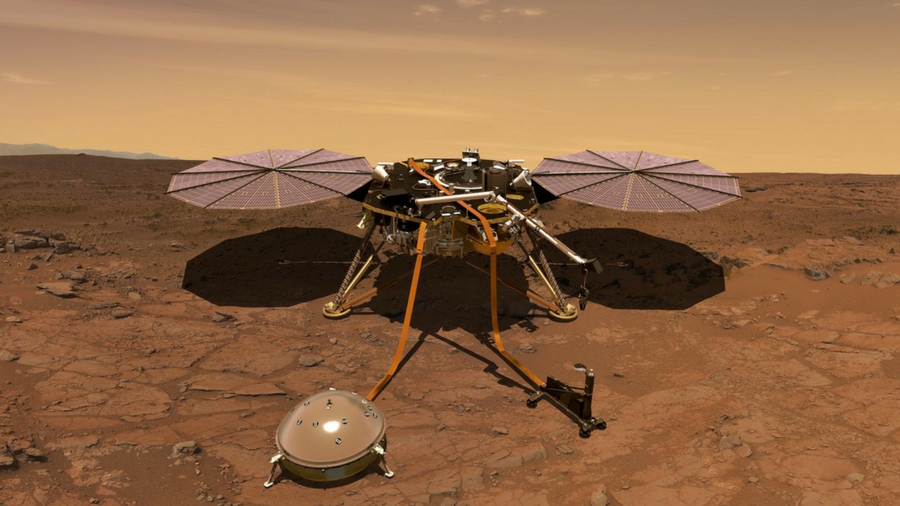
Thankfully, you can watch the launch live on NASA TV. Early-rising Californians living between Santa Maria and San Diego may even get a glimpse of the launch, too.
Get daily insight, inspiration and deals in your inbox
Sign up for breaking news, reviews, opinion, top tech deals, and more.
Hitching a ride will be two computer chips containing 2.4 million names sent in to the project.
"It's an experiment to see how many people can participate in a Mars mission," said Bruce Banerdt, principal investigator for InSight at NASA's Jet Propulsion Laboratory. "They're both glued on!"
When and where is InSight landing?
InSight will take 206 days to travel 485 million km to Mars. However, InSight won't journey to Mars completely alone.
The Atlas V will also launch two briefcase-sized cubesats called MarCO that will chaperone InSight into the Martian atmosphere, constantly sending back data on its progress and landing.
With the help of a supersonic parachute and descent engines, InSight is due to touchdown on Mars on November 26, 2018.
Once it's landed, it won't move an inch since it's there to take Mars' vital signs – its tectonic activity and its temperature – which are only possible from a completely stationary position.
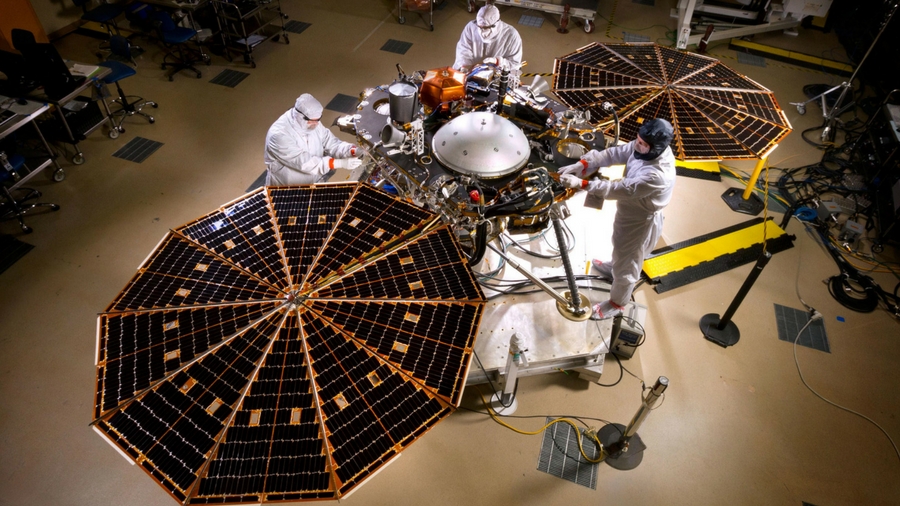
It's due to touch-down in Mars' Elysium Planitia region, an area devoid of rocks, and flat enough to guarantee InSight's solar panels get uninterrupted sun.
That’s just 373 miles from Gale Crater, where Curiosity has spent the last six years (or three Martian years) on a super-slow 10 -mile tour.
However, InSight is much more like the Phoenix Mars lander, which landed within Mars' northern arctic circle in 2008 to probe soil and ice under the surface.
InSight also won't move much because it's not there to study the Martian ground, but what's beneath it.
"It really doesn't matter where we land because we are interested in the deep structure of the planet," said Banerdt, who added that NASA therefore chose the safest and easiest place to land.
So, what's a Marsquake?
Shorthand for the Interior Exploration using Seismic Investigations, Geodesy and Heat Transport, InSight will be the first NASA mission since the Apollo moon landings to place a seismometer on an alien surface.
That instrument, called the Seismic Experiment for Interior Structure (SEIS), is there to measure the intensity of waves traveling through the rock, which have been detected from Earth before.
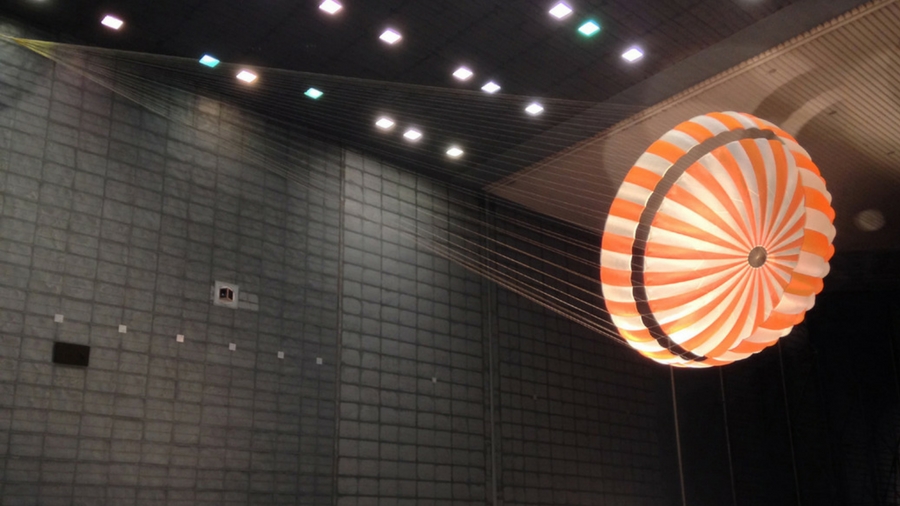
Are they caused by Marsquakes or by meteorites striking the surface? Scientists expect to see between 12 and 100 Marsquakes in the two year mission, but no bigger than 6.0 on the Richter scale.
The data InSight captures will be the equivalent of an X-ray of the interior of Mars.
"In some ways, InSight is like a scientific time machine that will bring back information about the earliest stages of Mars' formation 4.5 billion years ago," says Banerdt. "It will help us learn how rocky bodies form, including Earth, its moon, and even planets in other solar systems."
What other tech is inside InSight?
Although InSight is landing away from Mars' Tharsis Plateau – home to some of the biggest volcanoes in the solar system –it has an instrument that can help scientists figure out how heat flows from the Red Planet's interior.
HP3 is a self-hammering heat flow probe that will be thrust 16ft / 5m into the planet's surface to take its temperature. Also onboard is a radio system called the Rotation and Interior Structure Experiment (RISE) that scientists will use to measure the makeup of the planet's core.
"Two antennas on the spacecraft will communicate with the Deep Space Network on Earth, and by using the frequency shift we can track the location of the spacecraft within an accuracy of just a handful of inches," says Banerdt.
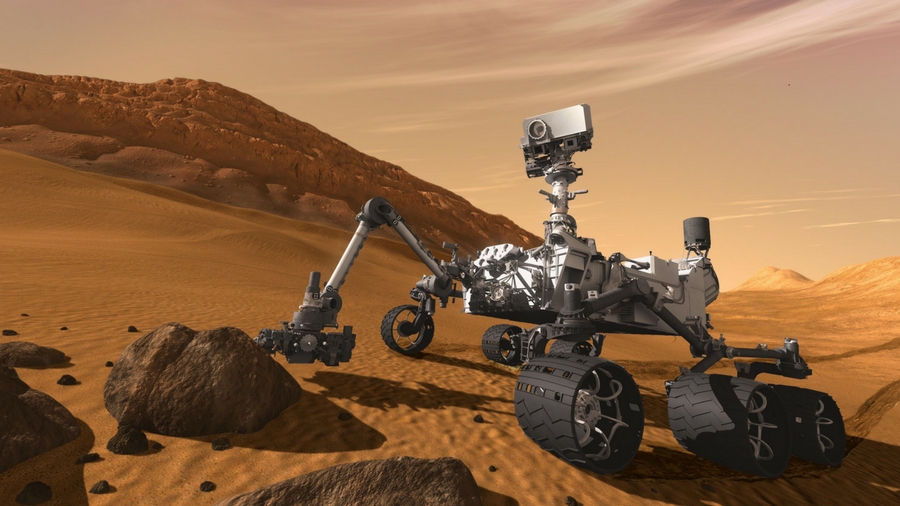
That's an incredible feat at 200 million miles away.
"As the planet rotates with the spacecraft on it, we can figure out the direction of the north pole of Mars, and watch it wobble," Banerdt added. The precise size and frequency of that wobble over the course of a Martian year will tell scientists the size and density of Mars' core.
How will InSight land on Mars?
It will take just six minutes for InSight to go from entering the Martian atmosphere at 14,100 miles per hour to landing on its surface 80 miles below.
Controlled by small rockets during descent, InSight will be slowed down by a supersonic parachute, dump its heat shield, and extend three shock-absorbing legs.
Lastly, it will separate from the parachute and shell, fire 12 descent engines, and slow even more as it gently touches down.
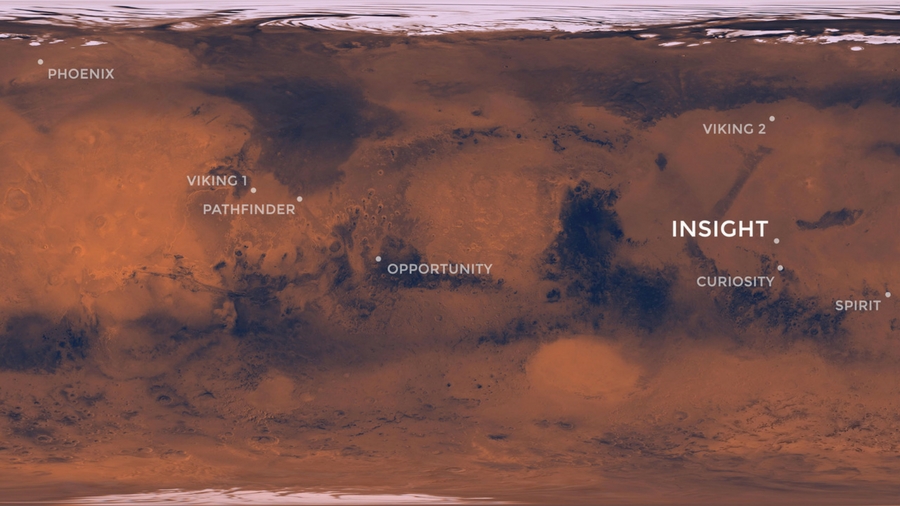
At least, that's the plan. It's going to be a nervy time for mission control since InSight is landing in the northern hemisphere autumn on Mars, when huge dust storms are common.
Either way, where InSight touches down will also be its final resting place after it’s completed its 26-month mission – one Martian year. You can follow InSight on Twitter.
Jamie is a freelance tech, travel and space journalist based in the UK. He’s been writing regularly for Techradar since it was launched in 2008 and also writes regularly for Forbes, The Telegraph, the South China Morning Post, Sky & Telescope and the Sky At Night magazine as well as other Future titles T3, Digital Camera World, All About Space and Space.com. He also edits two of his own websites, TravGear.com and WhenIsTheNextEclipse.com that reflect his obsession with travel gear and solar eclipse travel. He is the author of A Stargazing Program For Beginners (Springer, 2015),
